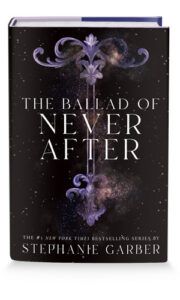
10 Compelling Series Where Book 2 is Even Better Than the First
Second books in series get a bad reputation, often unfairly. Like many other The Lord of the Rings fans, I prefer The Fellowship of the Ring and The Return of the King to the second installment, The Two Towers, in both the books and the movies. C. S. Lewis re-ordered his Chronicles of Narnia, but most people agree that the first book published, The Lion, the Witch, and the Wardrobe, is the best place to start the series.
I start many series without continuing them. If I decide to continue past the first book of a series, though, I often prefer the second. I read the ends of series and books more quickly and easily than their beginnings. Second books don’t usually drag for me because I’m acclimated to the authors’ styles and know the characters.
I read a lot of SFF, especially lately, and these books often have complex world-building. Reading exposition and remembering details really start to pay off by book two, especially if the first book ends on a cliffhanger. These second books expand on the first and up the ante in ways that only series can do. They often have deeper world-building, character development, plot twists, and lots of irony. The momentum keeps me reading.
The blurbs below may contain spoilers for each series.
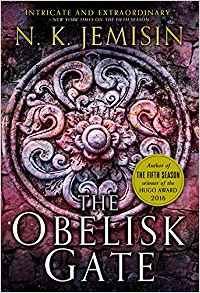
The Broken Earth Trilogy by N. K. Jemisin
This Hugo- and Nebula-winning trilogy is compelling throughout. I thought I understood the climate-damaged, post-apocalyptic planet in The Fifth Season, but revelations abound in book two, The Obelisk Gate. An oppressed class of people called orogenes can control seismic events, and people called Guardians control orogenes. In this book, we learn more about how and why Guardians and other social classes were created. There are also fascinating developments about Essun, the protagonist, and her daughter, Nassun, a powerful young orogene.
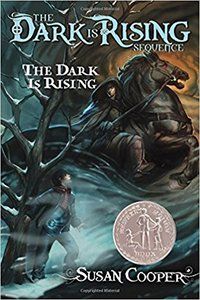
The Dark is Rising sequence by Susan Cooper
The first book in the series is Over Sea, Under Stone and introduces the Drew family. The series draws on Welsh mythology and takes its name from the second book, The Dark is Rising. Although the whole series received excellent reviews when it was first published in the 1960s and ‘70s, readers could start with book two. The first book is mostly a mystery, while the rest of the series is fantasy. The second book introduces Will Stanton, the protagonist of the rest of the series, who learns he is one of the Old Ones around his 11th birthday.
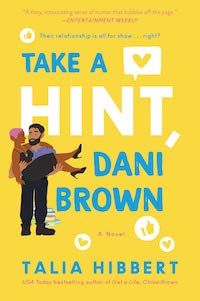
The Brown Sisters Series by Talia Hibbert
In book one of this romance series for adults, Get a Life, Chloe Brown, the protagonist plans to make her life more exciting, but never expects to fall in love. Some readers prefer book two, Take a Hint, Dani Brown, or read it on its own. Dani fake-dates Zafir, a security guard and former rugby player. Many fans love this book’s fake-dating dynamic and have praised this series for its respectful relationships and nuanced portrayals of Black, LGBTQIA, and disabled characters.
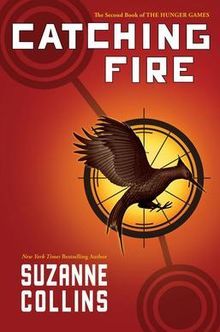
The Hunger Games by Suzanne Collins
This dystopian YA sci-fi series has excellent world-building and characterization. The second book, Catching Fire, upends readers’ expectations about Panem. Katniss and Peeta’s individual defiance turns into revolution, with Katniss as the Mockingjay, the emblem of the movement. Somehow Catching Fire ups the stakes, which were already life and death, by bringing former Hunger Games victors back for the Quarter Quell. This introduces new, diverse characters and forces Katniss and Peeta to deal with their own PTSD.
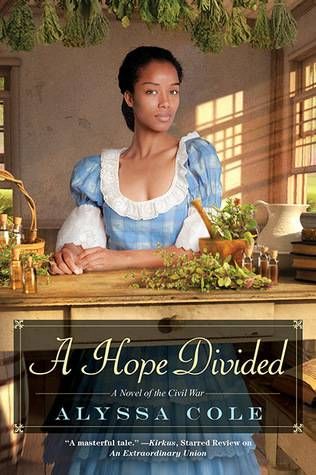
The Loyal League Series by Alyssa Cole
In the first book of this historical romance series, An Extraordinary Union, Elle Burns, a formerly enslaved Black woman, becomes a Union Army spy. She teams up with Malcolm McCall, another undercover agent. The heroine of the second book, A Hope Divided, is Marlie Lynch, a mixed-race spy and herbalist, and her love interest is Ewan, Malcolm’s brother. Despite the links to the first book, many fans enjoy the second book as a stand-alone and for depicting different aspects of the Civil War and espionage.
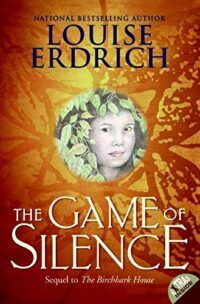
The Birchbark series by Louise Erdrich
This middle grade historical fiction series follows Omakayas and her family. The main characters are Ojibwe (Anishinaabe) and live on an island near the Great Lakes in the 1840s and ‘50s. Omakayas is 7 years old in the first book and 9 in the second, The Game of Silence. Her relationship with her little brother, as well as her spiritual and storytelling gifts, develop more. The US government also forces Indigenous peoples further west. The Game of Silence won the Scott O’Dell Award for Historical Fiction and many other honors.
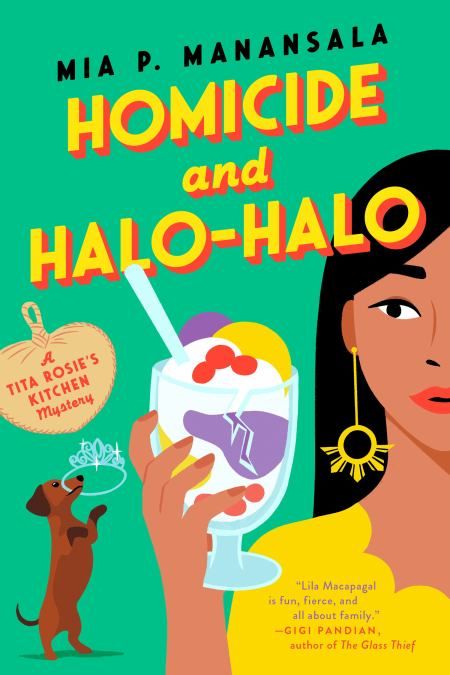
Tita Rosie’s Kitchen Mystery Series by Mia P. Manansala
In Arsenic and Adobo, the first book of this cozy and culinary mystery series, Lila Macapagal moves back home to help her aunt run her Filipino restaurant. In the second installment, Homicide and Halo-Halo, the murder mystery centers around a local beauty pageant. Lila’s past and family are especially important to the second book, which has been praised for addressing her PTSD.
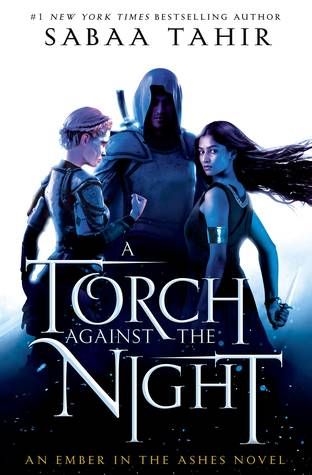
The Ember Quartet by Sabaa Tahir
Like most of the series on this list, this whole quartet is must-read. The first book, An Ember in the Ashes, ends on a thrilling cliffhanger, as Laia has not yet succeeded in her plan to save her brother. The next book, A Torch Against the Night, expands the world-building with mythological creatures like jinn and cave and sand efrits. In 2020, Katy Rose Pool at Tor.com wrote that adding Helene Aquilla’s POV deepens the moral complexity. Helene is fascinating in her own right, not just as Elias’s friend, Laia’s romantic rival, or an agent of an evil empire.
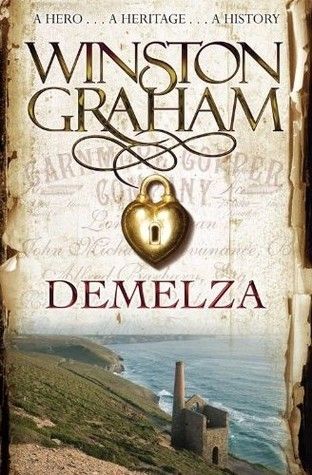
The Poldark Saga by Winston Graham
The first novel in the famous historical fiction series, Ross Poldark, was published in 1945 and set in 18th-century Cornwall. In the first book, Demelza Carne becomes Ross’s kitchen maid as an escape from her abusive father. Several years later, she marries Ross, scandalizing his landed gentry peers. The second book, Demelza, introduces fascinating new characters. Through gossip, financial hardship, and tragedies, Demelza remains loyal, resourceful, and a survivor.

The To All the Boys I’ve Loved Before trilogy by Jenny Han
As if Lara Jean Song Covey and her family didn’t have enough drama in their lives in book one, the stakes and awkward situations intensify in the second book, P. S. I Still Love You. After her former crushes have been revealed, another former crush comes back into her life. Lara Jean and Peter Kavinsky have also shifted from fake dating to real dating in this YA romance.
Want more series?
Check out some of the best book series ever, the best series finale books, or the best book series for adults.



